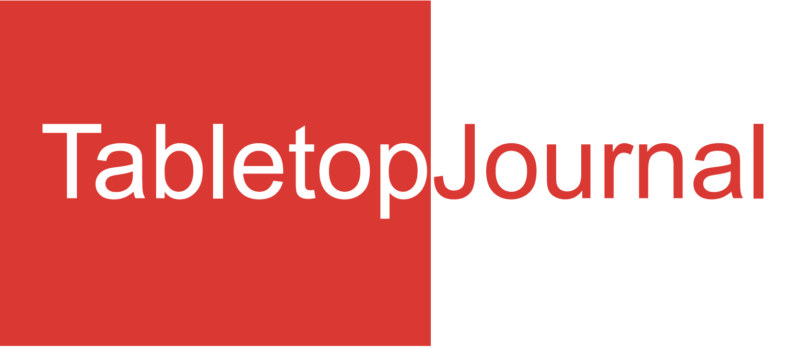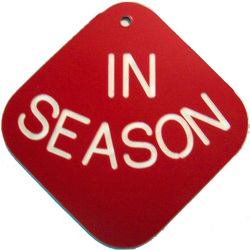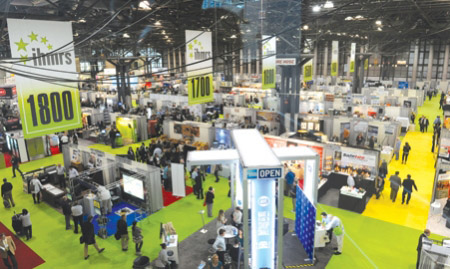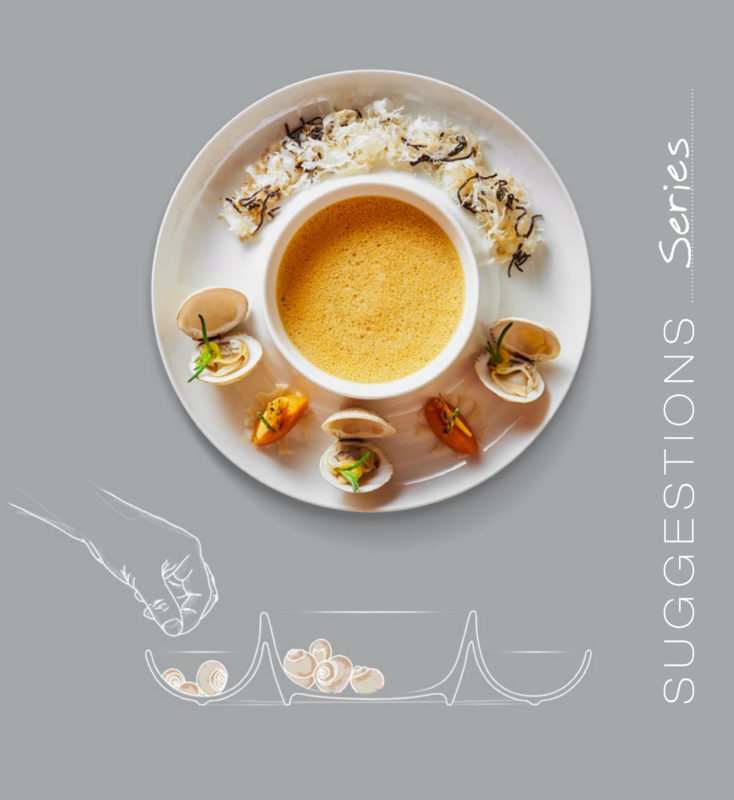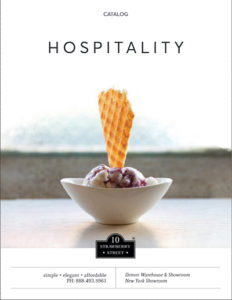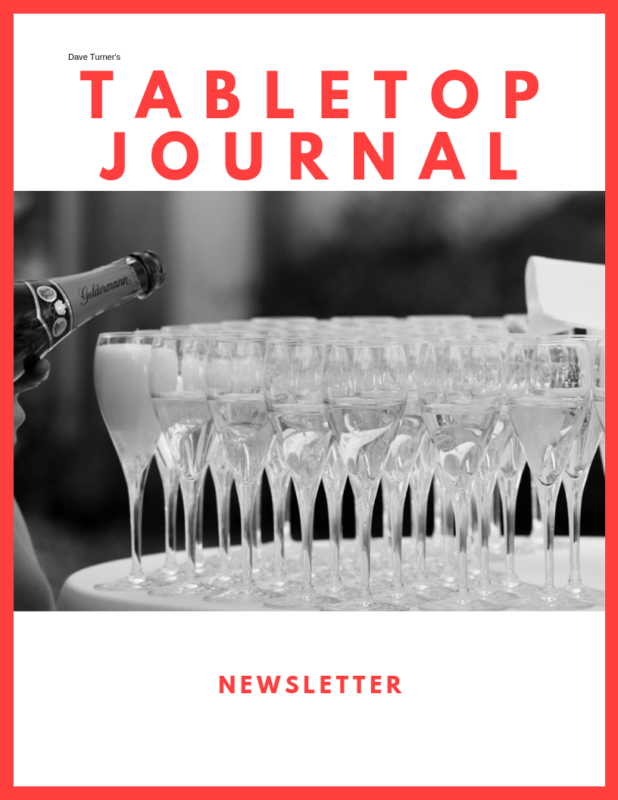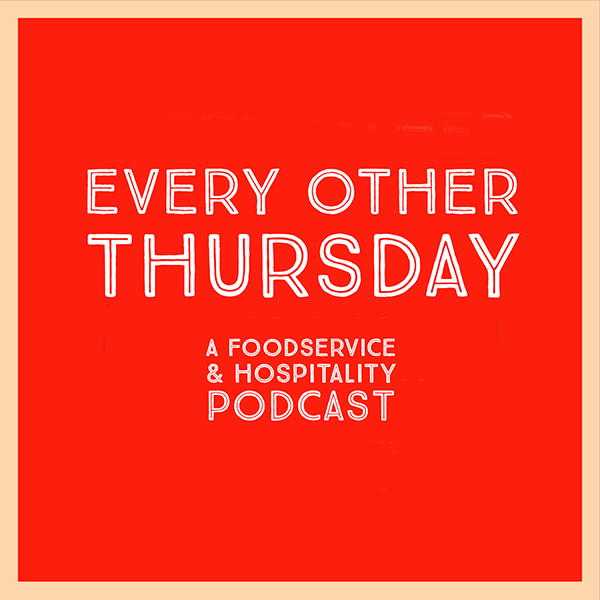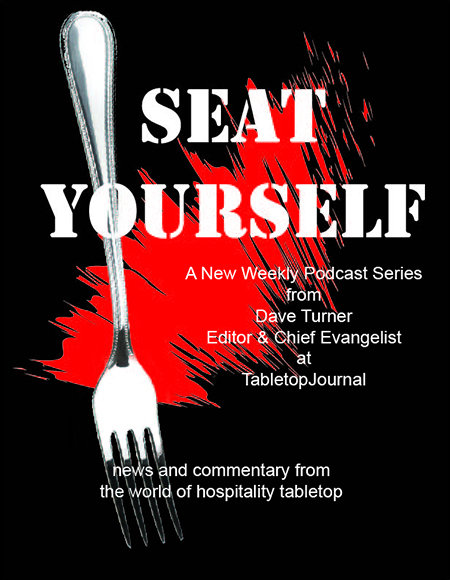Summer is in its initial phase of winding down here in the Northern Hemisphere and that means that the return of the hospitality trade shows cannot be far behind. So, we thought we’d provide a reminder for tabletop exhibitors that NOW is really the time to be planning for success for the Fall shows.
If you’re planning to exhibit at the revamped Hospitality Tabletop show in New York City in November, for example, you should already be well into your planning – after all, it only approximately 100 days away.
Here are a few tips to help make your next trade show as successful as possible:
1. Understand WHY you are exhibiting at this particular show.
Having a game plan of why you’re going and what, specifically, you are hoping to accomplish at this particular show is important as it lays the foundation to much of the rest of what you will want to be doing. Will you be launching new products? Introducing new personnel or systems?
Maybe, you’ve updated your logo or done some other brand updates you want to introduce?
In short, whatever you’re hoping to accomplish by attending the show in a few months should drive how you plan now.
2. Lay the groundwork to be successful
Now is the time to be re-doing graphics, updating your pre-show invite list, getting the new collateral materials printed, etc. to make sure that you are communicating the proper message to all who visit your booth during the show. Too often, our day-to-day business activities make us put off these things until last minute and, inevitably, balls get dropped. So, make your to-do list (if you haven’t already) and begin checking things off one by one.
3. People, People, People
We’ve told you before that research show that 85% of your success at trade shows is determined by the people you have in your booth…so make sure you have the right people working in your booth AND make sure they are fully prepared. From top to bottom, everyone is your organization is a Brand Ambassador. Make sure everyone understands that and remains an enthusiastic brand ambassador throughout the entire duration of the show.
Too often, on the last day of the show, the only people to be found in a booth are the folks who are there to do the booth tear-down or others who might not be knowledgeable or someone you might not want meeting with an important potential customer. We continually hear from F&B decision makers that they cannot find the “right” contact people from the exhibiting company in their booth. Don’t let this happen to you when important potential customers are still on the trade show floor.
4. Leads….Generate. Distribute. And – Follow Up.
Do you do pre-show mailings? Do your salespeople make phone calls and personally invite their customers to your booth. Does your entire team work hard to insure that you get all the right customers – and potential customers – to your booth? Well…the time for that to happen is NOW. Develop a plan to insure you maximize booth attendance, confirm who is coming, and then be prepared for when they will arrive. If you can, confirm a day/time they will be at your booth so that you will be prepared. Hoping a target customer will come by your booth and stop is not a strategy.
When those key potential customer contacts have visited your booth, and then distribute those leads to all the proper people in your organization – both headquarters level and regional level.
Too often, we hear stories that the local personnel who make regular calls on a customer are never informed that they visited the company’s booth. Or, that the sales manager stuffed the customer’s business card into her pocket and never informed the local sales rep of the customer’s visit. AND….MAKE SURE YOU USE AN ELECTRONIC LEAD RETRIEVEAL SYSTEM. It’s amazing to us when we hear that people do not choose to use one of these. There’s simply too many ways for the critical customer follow up to “fall between the cracks” when you don’t have an electronic system to insure booth visitors get proper post-show attention. So…go ahead and stuff the business cards into your pocket….AFTER you scan their badges!
Finally, have a follow-up plan to insure that 30, 60 , 90 days after the show you make sure your valuable leads have received literature, a sales call, or whatever other post-show follow up is necessary. Follow up. Follow up. Follow up. Studies show – and our own research within the hospitality tabletop category confirm it – that the majority of the leads generated never receive follow up. If you’re not going to follow up with people who visit your booth….why bother going?
5. Post-Show Review
While buying cycles in hospitality tabletop vary greatly, make sure that you are putting all show leads into a sales “funnel” and are doing periodic follow up. Also, make sure that if a lead has an immediate follow up need, that it happens in a timely manner. If your goal for a show is a more subjective one (i.e., introduce new personnel, re-positioning your brand, etc.) make sure you include this in your review. How effective were your re-positioning efforts? Have you continued that effort post-show? Has your new personnel continued to introduce themselves to your key – both existing and potential customers?
Keep in mind, it takes a period of time, sometimes months, to properly understand and evaluate the ROI on any particular show. The subjective feeling you have as the show closes is only one brief measure of whether the show was “good” or “bad”. Take that show-closing feeling into consideration, but do your true measure over a period of time after your extensive follow up program has had a chance to work its magic.
Finally……it’s true that trade shows are expensive – both in terms of money and time spent. However, we still continue to believe that trade shows still offer the very best opportunity for hospitality tabletop companies to grow their brands – and their business. This can only happen when exhibitors have done all they can to do to help themselves have the very best show possible – before, during, and after the actual show itself.
